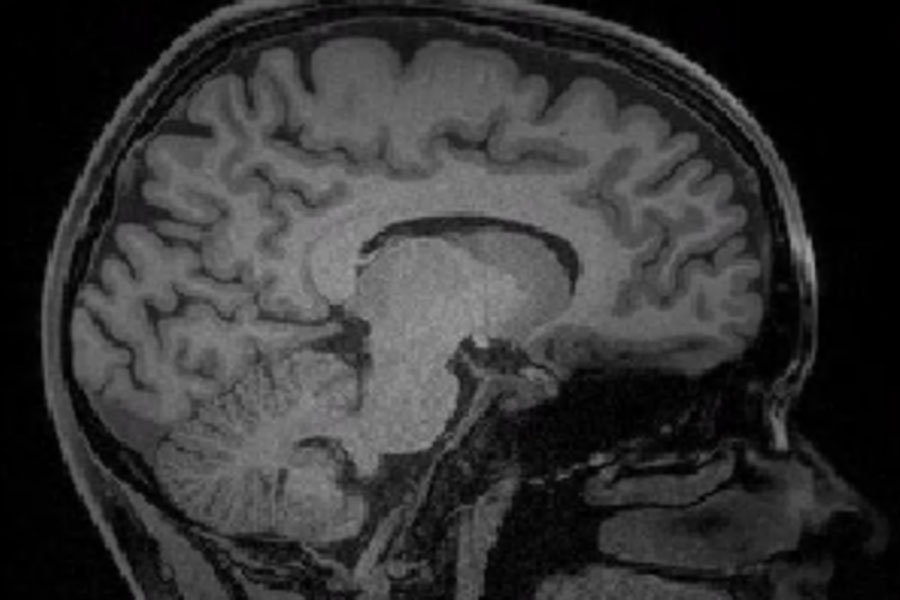Using the tools of neuroscience to personalize medicine
The Gabrieli lab uses neuroimaging to predict which treatments will be effective for children with depression and anxiety.


From summer internships as an undergraduate studying neuroscience at the University of Notre Dame, Sadie Zacharek developed interests in areas ranging from neuroimaging to developmental psychopathologies, from basic-science research to clinical translation. When she interviewed with John Gabrieli, the Grover Hermann Professor of Health Sciences and Technology and Cognitive Neuroscience, for a position in his lab as a graduate fellow, everything came together.
“The brain provides a window not only into dysfunction but also into response to treatment,” she says. “John and I both wanted to explore how we might use neuroimaging as a step toward personalized medicine.”
Zacharek joined the Gabrieli lab in 2020 and currently holds the Sheldon and Janet Razin’59 Fellowship for 2023-2024. In the Gabrieli lab, she has been designing and helping launch studies focusing on the neural mechanisms driving childhood depression and social anxiety disorder with the aim of developing strategies to predict which treatments will be most effective for individual patients.
Helping children and adults
“Depression in children is hugely understudied,” says Zacharek. “Most of the research has focused on adult and adolescent depression.” But the clinical presentation differs in the two groups, she says. “In children, irritability can be the primary presenting symptom rather than melancholy.” To get to the root of childhood depression, she is exploring both the brain basis of the disorder and how the parent-child relationship might influence symptoms. “Parents help children develop their emotion-regulation skills,” she says. “Knowing the underlying mechanisms could, in family-focused therapy, help them turn a ‘downward spiral’ into irritability, into an ‘upward spiral,’ away from it.”
The studies she is conducting include functional magnetic resonance imaging (fMRI) of children to explore their brain responses to positive and negative stimuli, fMRI of both the child and parent to compare maps of their brains’ functional connectivity, and magnetic resonance spectroscopy to explore the neurochemical environment of both, including quantities of neurometabolites that indicate inflammation (higher levels have been found to correlate with depressive pathology).
“If we could find a normative range for neurochemicals and then see how far someone has deviated in depression, or a neural signature of elevated activity in a brain region, that could serve as a biomarker for future interventions,” she says. “Such a biomarker would be especially relevant for children given that they are less able to articulately convey their symptoms or internal experience.”
“The brain provides a window not only into dysfunction but also into response to treatment.” – Sadie Zacharek
Social anxiety disorder is a chronic and disabling condition that affects about 7.1 percent of U.S. adults. Treatment usually involves cognitive behavior therapy (CBT), and then, if there is limited response, the addition of a selective serotonin reuptake inhibitor (SSRI), as an anxiolytic.
But what if research could reveal the key neurocircuitry of social anxiety disorder as well as changes associated with treatment? That could open the door to predicting treatment outcome.
Zacharek is collecting neuroimaging data, as well as clinical assessments, from participants. The participants diagnosed with social anxiety disorder will then undergo 12 weeks of group CBT, followed by more data collection, and then individual CBT for 12 weeks plus an SSRI for those who do not benefit from the group CBT. The results from those two time points will help determine the best treatment for each person.
“We hope to build a predictive model that could enable clinicians to scan a new patient and select the optimal treatment,” says Zacharek. “John’s many long-standing relationships with clinicians in this area make all of these translational studies possible.”




